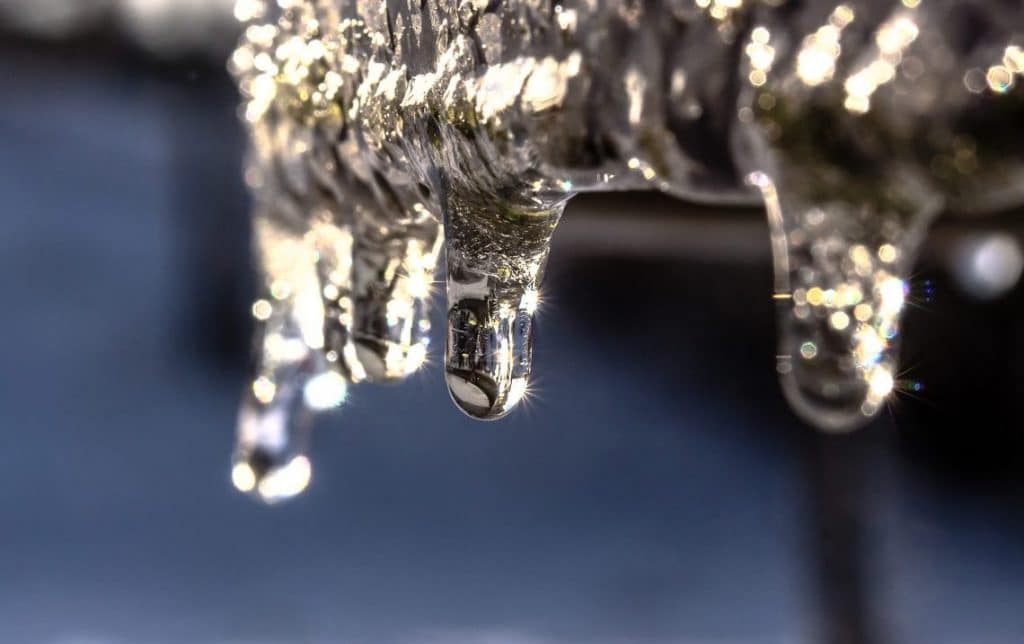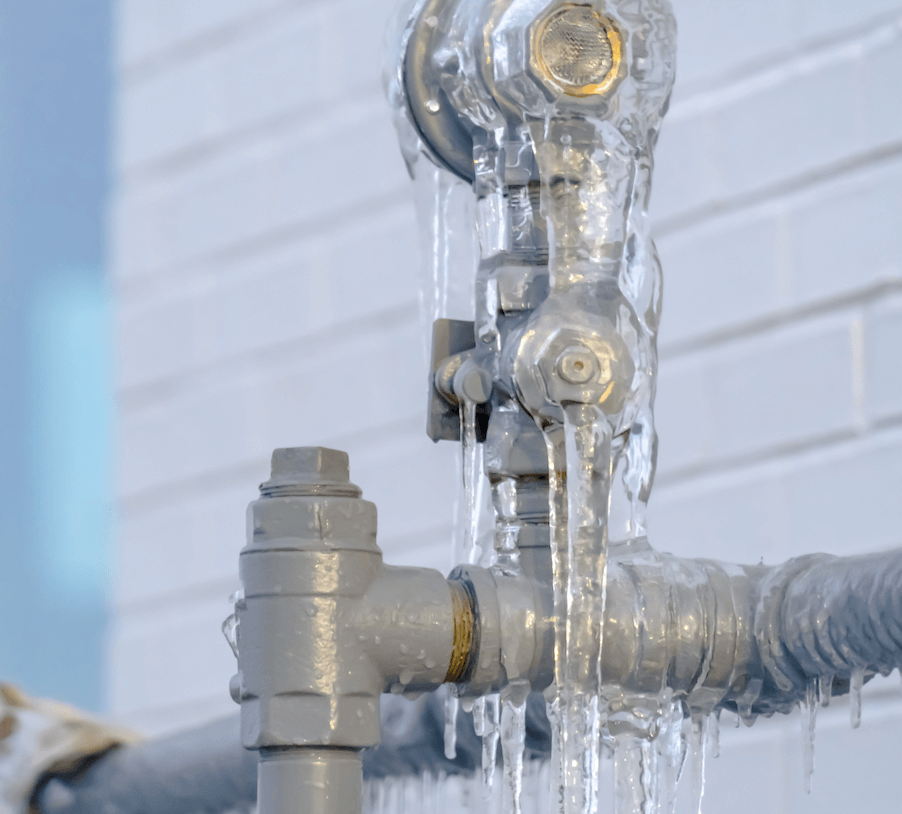Essential Advice to Prevent Frozen Plumbing in Cold Weather
Essential Advice to Prevent Frozen Plumbing in Cold Weather
Blog Article
Just about everyone maintains their private thinking about Helpful Tips to Prevent Frozen Pipes this Winter.

Cold weather can ruin your plumbing, particularly by freezing pipelines. Here's how to prevent it from taking place and what to do if it does.
Introduction
As temperature levels decrease, the risk of icy pipes increases, possibly resulting in pricey repair services and water damages. Understanding exactly how to prevent icy pipelines is important for homeowners in chilly climates.
Avoidance Tips
Protecting susceptible pipes
Cover pipes in insulation sleeves or use heat tape to secure them from freezing temperatures. Concentrate on pipes in unheated or external areas of the home.
Home heating methods
Maintain indoor rooms properly heated, particularly locations with pipes. Open up cupboard doors to permit cozy air to circulate around pipelines under sinks.
Exactly how to determine frozen pipes
Look for lowered water flow from faucets, unusual odors or sounds from pipes, and visible frost on exposed pipelines.
Long-Term Solutions
Structural changes
Consider rerouting pipes away from exterior wall surfaces or unheated locations. Add additional insulation to attics, cellars, and crawl spaces.
Updating insulation
Purchase top notch insulation for pipes, attic rooms, and walls. Appropriate insulation helps preserve regular temperature levels and decreases the threat of icy pipes.
Safeguarding Outside Plumbing
Garden hose pipes and exterior taps
Detach and drain garden pipes prior to winter. Set up frost-proof faucets or cover outdoor taps with protected caps.
Comprehending Icy Pipes
What triggers pipes to ice up?
Pipelines freeze when exposed to temperature levels listed below 32 ° F (0 ° C) for extended durations. As water inside the pipes ices up, it expands, putting pressure on the pipeline walls and possibly creating them to burst.
Dangers and problems
Frozen pipelines can lead to water system disruptions, residential property damages, and expensive repairs. Ruptured pipes can flooding homes and create substantial structural damages.
Indicators of Frozen Water Lines
Identifying frozen pipes early can stop them from bursting.
What to Do If Your Pipelines Freeze
Immediate actions to take
If you presume icy pipelines, maintain taps open to ease stress as the ice thaws. Use a hairdryer or towels soaked in hot water to thaw pipelines gradually.
Verdict
Preventing icy pipelines needs positive steps and quick responses. By recognizing the reasons, indications, and preventive measures, homeowners can protect their plumbing during winter.
5 Ways to Prevent Frozen Pipes
Drain Outdoor Faucets and Disconnect Hoses
First, close the shut-off valve that controls the flow of water in the pipe to your outdoor faucet. Then, head outside to disconnect and drain your hose and open the outdoor faucet to allow the water to completely drain out of the line. Turn off the faucet when done. Finally, head back to the shut-off valve and drain the remaining water inside the pipe into a bucket or container. Additionally, if you have a home irrigation system, you should consider hiring an expert to clear the system of water each year.
Insulate Pipes
One of the best and most cost-effective methods for preventing frozen water pipes is to wrap your pipes with insulation. This is especially important for areas in your home that aren’t exposed to heat, such as an attic. We suggest using foam sleeves, which can typically be found at your local hardware store.
Keep Heat Running at 65
Your pipes are located inside your walls, and the temperature there is much colder than the rest of the house. To prevent your pipes from freezing, The Insurance Information Institute suggests that you keep your home heated to at least 65 degrees, even when traveling. You may want to invest in smart devices that can keep an eye on the temperature in your home while you’re away.
Leave Water Dripping
Moving water — even a small trickle — can prevent ice from forming inside your pipes. When freezing temps are imminent, start a drip of water from all faucets that serve exposed pipes. Leaving a few faucets running will also help relieve pressure inside the pipes and help prevent a rupture if the water inside freezes.
Open Cupboard Doors
Warm your kitchen and bathroom pipes by opening cupboards and vanities. You should also leave your interior doors ajar to help warm air circulate evenly throughout your home.

As a serious reader on 6 Ways to Prevent Frozen Pipes, I think sharing that article post was smart. For those who enjoyed our blog posting plz don't forget to share it. I take joy in reading our article about Preventing and dealing with frozen pipes.
Click Here Report this page